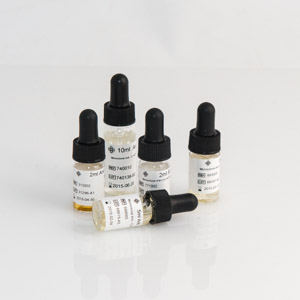A Guide to Exchange Transfusions
9 January 2017
Exchange transfusions were developed in 1946 by serologist Alexander Solomon Wiener to combat infant fatality. This development saved over 200,000 lives.
Since then they have been used in treatments for a number of diseases including sickle-cell disease, Jaundice, thrombotic thrombocytopenic purpura, and hemolytic disease of the newborn.
What are exchange transfusions and why are they done?
Exchange Transfusions or exsanguination transfusions are a type of blood transfusion where the patient’s blood is exchanged/replaced by other blood or blood related products. They are done to counteract the effects of serious conditions that cause changes in the blood, which could be fatal if not addressed. Serious conditions can be identified by obvious symptoms or may need testing through a process involving Blood Grouping Reagents.
The steps to carrying out exchange transfusions
Exchange Transfusions are done in cycles, with each one lasting a few minutes on average.
It starts with placing one or more tubes (catheters) into a blood vessel, and then blood is slowly withdrawn. The amount that gets withdrawn at a time is based on the person’s size and severity of their illness, with approximately between 5 and 20 mL of blood being taken at a time. While blood is getting withdrawn from a patient, an equal amount of blood is being inserted. This blood has been pre-warmed to try and match the patient’s body temperature.
This cycle is repeated until the right amount of blood has been replaced, which can take a few sessions depending on the severity of the illness the patient has.
In babies with neonatal polycythemia the procedure is slightly different with the blood being replaced with a normal saline solution such as plasma or albumin. The proteins in those solutions help decrease the total number of red blood cells in the body making blood flow smoother.
Risks of Exchange Transfusions.
All medical procedures have risks, Exchange Transfusions are no different.
The main risks of Exchange Transfusions are as follows:
- Blood clots – this can be common after a blood transfusion, typical treatment involved using blood thinners.
- Changes in blood chemistry – for example after a transfusion you may find you have lower levels of calcium or glucose, etc. This is all due to the type of blood you are receiving and how your body adjusts to the change.
- Heart and Lung problems – if a patient already has some heart or lung problems before a transfusion, it can be escalated post transfusion.
- Infection – not as common as it was nearly 10 years ago, but there is still some risk of infection and/or blood poisoning. This can be due to inaccurate blood screenings of ‘healthy blood’ that is to be given to a patient, or even by giving a patient the wrong type of blood e.g. giving a type A+ patient type B+ blood.
- Shock – if not enough blood is replaced the patient can go into shock and if not treated straight away can result in organ failure leading to death.
Exchange transfusions have come a long way since 1946, with countless lives being saved daily by these procedures. However in order to keep saving lives, the health service encourages people to donate blood and platelets with regular blood donating sessions being held across the country to increase blood stock levels.
Generally for exchange transfusions to be safe, the patients’ blood should be exchanged for blood from a donor that is compatible. Lorne Laboratories supplies reagents that enable the typing of blood group antigens and the detection of irregular anti-erythrocytic antibodies. View our range of Blood Grouping Reagents today.
< Back to blog list
Share





